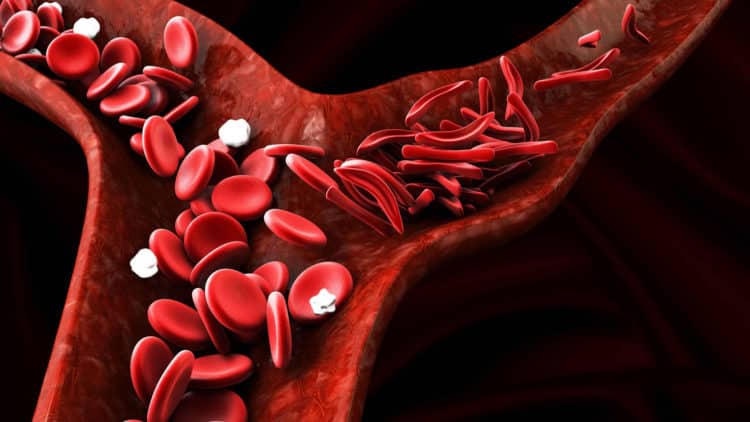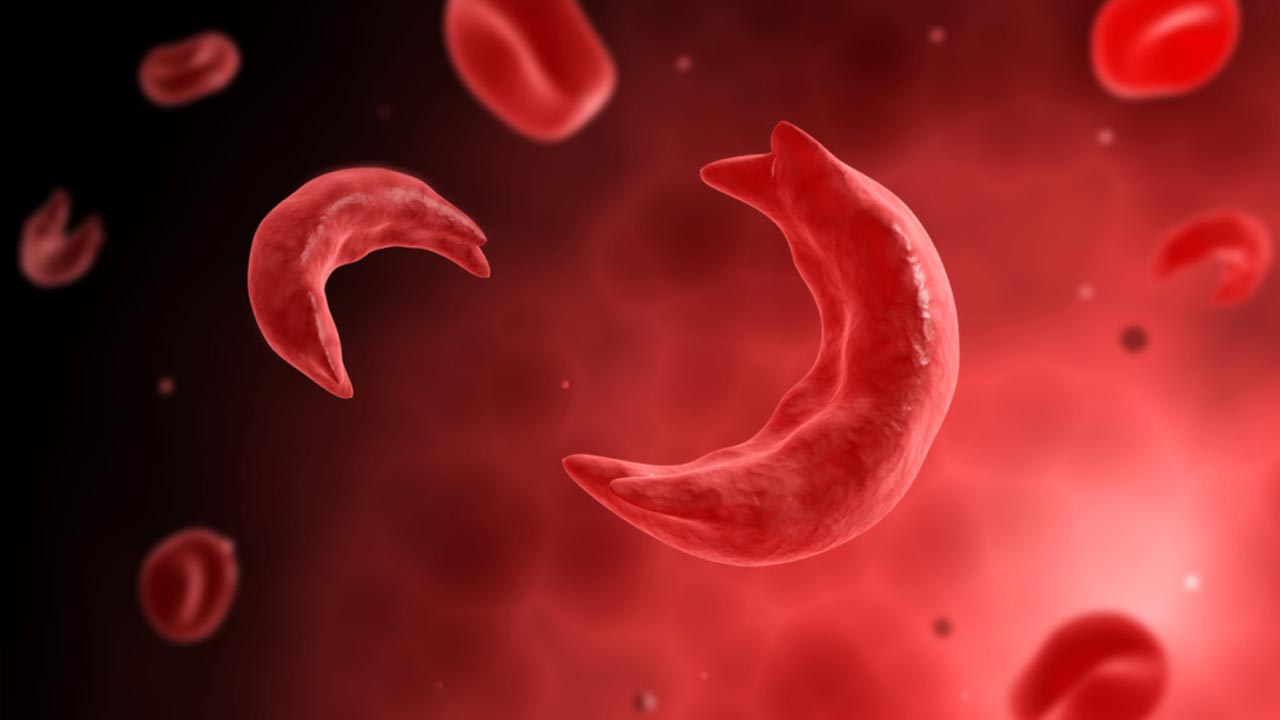

This test separates different types of hemoglobin based on electrical charge. Another test that can be performed is hemoglobin electrophoresis.

In the Sickledex test a deoxygenating agent is added if 25% or more of the Hgb is Hgb S, the cells will sickle. The routine peripheralblood smear does not contain sickled red blood cells unless hypoxemia (inadequate levels of oxygen in the blood) or a precipitating factor (such as a red blood cell poison or drug) is present. Hgb S trait is found in 8 to 10% of the black population. This can compromise the blood supply to various organs. Sickled RBCs cannot pass freely through capillaries and cause blockage of small vessels. When Hgb S becomes deoxygenated (loses oxygen), it tends to form polymers that deform the red blood cells (RBCs) into a sickle shape. Sickle cell anemia results from the hereditary presence of abnormal Hgb S in place of Hgb A. Afterward, there may be some throbbing.īoth sickle cell disease (homozygous for hemoglobin S) and sickle cell trait (heterozygous for Hgb S) can be detected by this test. When the needle is inserted to draw blood, some people feel moderate pain, while others feel only a prick or stinging sensation. Adolescent test or procedure preparation (12 to 18 years).Schoolage test or procedure preparation (6 to 12 years).

Preschooler test or procedure preparation (3 to 6 years).Toddler test or procedure preparation (1 to 3 years).Infant test or procedure preparation (birth to 1 year).For specific information regarding how you can prepare your child, see the following topics as they correspond to your child’s age: The physical and psychological preparation you can provide for this or any test or procedure depends on your child’s age, interests, previous experience, and level of trust. Cotton or a bandage may be applied to the puncture site if there is any continued bleeding. The blood may be collected in a pipette (small glass tube), on a slide, onto a test strip, or into a small container.

The area is cleansed with antiseptic and punctured with a sharp needle or a lancet. Once the blood has been collected, the needle is removed, and the puncture site is covered to stop any bleeding. During the procedure, the tourniquet is removed to restore circulation. This causes veins below the tourniquet to distend (fill with blood).Ī needle is inserted into the vein, and the blood is collected in an airtight vial or a syringe. The puncture site is cleaned with antiseptic, and a tourniquet (an elastic band) or blood pressure cuff is placed around the upper arm to apply pressure and restrict blood flow through the vein. This test indicates the presence or absence of the abnormal hemoglobin that causes sickle cell anemia.īlood is drawn from a vein (venipuncture), usually from the inside of the elbow or the back of the hand.


 0 kommentar(er)
0 kommentar(er)
